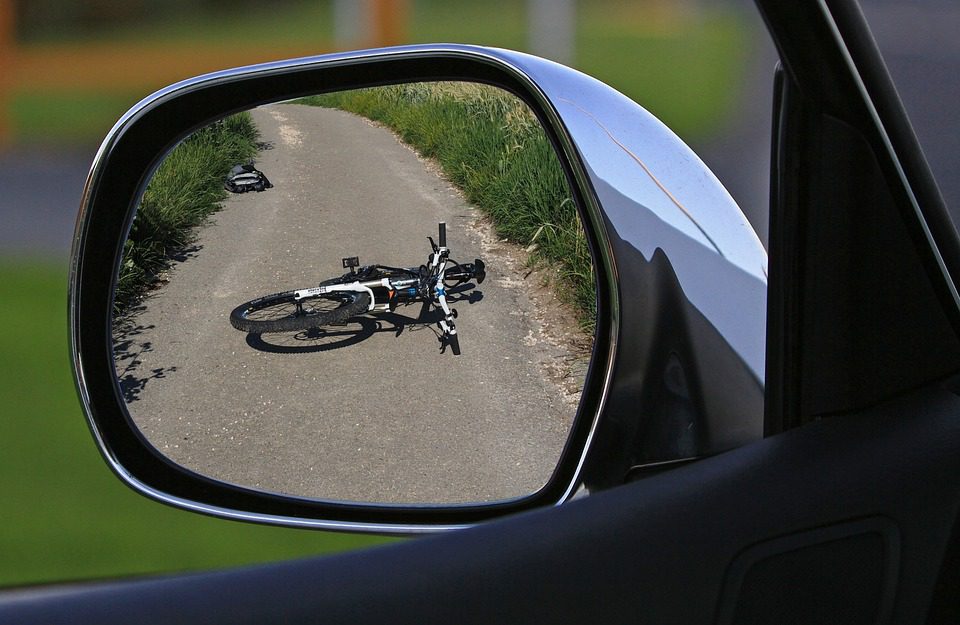Cyclists and motorists have been set in diametric opposition since Ford’s Model T in the early twentieth century. In a semi-arid climate like Colorado’s Front Range, we’re blessed with a long cycling season, as it’s not uncommon to experience 50+ degree Fahrenheit temps in January or February.
Pairing 300+ days of sunshine with steep, burly mountain passes and foothills (tantalizing climbing challenges for the countless masochistic endurance junkies who flock to the state), Colorado’s cycling community is near-unrivaled among amateur recreationalists and Tour de France racers alike.
Why Cycle Accidents Are Common in Denver
The unsuspecting reader may be surprised to hear Denver – one of the biggest cities in America – is not a metropolis like New York or Chicago stretched over dozens of urban square miles. In truth, Denver is a sprawling town defined by its disparate neighborhoods like RiNo, LoHi, and Wash Park, with less of a downtown emphasis than other major cities.
Moreover, Denver’s public transit remains in the fledgling state of viability (the probability of a RTD train arriving in Golden at all, let alone on schedule, is less than a coin toss). An expansive city with poor public transit leads to a high volume of motorists; anyone who’s driven on I25 near downtown during rush hour knows motor vehicle congestion is a problem in Denver.
Denver’s cycling and driving cultures coalesce into car-on-bike accident heaven. The antagonist relationship between cyclists screaming “SHARE THE ROAD!” and irritated drivers in traffic only serves to strengthen an environment ripe for accidents. Let’s imagine a concrete bike accident example as a backdrop to Colorado’s legal landscape.
Cycling Accident Negligence Example
A cyclist losing ground on his group’s pace loses steam at an intersection, crossing the intersection at the moment the traffic light turns red. Meanwhile, a mom is scolding her daughter about refastening her seatbelt and takes a right hand turn without properly observing the cyclist, striking them in the side. Who’s at fault? The driver, the cyclist, or a combination of the two?
The mom and cyclist both ran their respective stop signs. However, the driver was distracted. The cyclist’s slowing pace contributed to the collision, but was not impaired. This scenario falls under the umbrella of Comparative Negligence: neither party was at absolute, 100 percent fault.

Colorado’s comparative negligence law is meant to solve the ambiguity of such situations. The court will determine the degree of fault for each party. If the cyclist is shown to be, say, 10% at-fault for the accident, the damages that they recover from the driver will be reduced by that 10%.
This is much less harsh than cases of “contributory negligence,” which states that if someone is even the slightest bit responsible for an accident, they waive the right to recover any damages. Thankfully, contributory negligence is only in place in a few states, and Colorado is not one of them. For more information about negligence, see our recent blog!
Colorado’s Safety Stop Law
Muddying the waters even further, a recent Colorado House Bill granted additional leeway to cyclists observing traffic laws. Under House Bill HB22-1028 (Safety Stop Law), cyclists 15 and older can legally perform the following actions:
At a stop sign — instead of coming to a complete stop – cyclists may slow to a “reasonable” speed (10-20 mph) and proceed through an intersection. Cyclists may treat a red traffic light like a stop sign, stopping and proceeding while yielding right-of-way to other road users.
If you’ve ever cycled in a town or city, you’ll appreciate how much Colorado’s Safety Stop Law makes a difference in maintaining a cadence and flow while riding through city streets. After all, intersections constitute a clear and obvious danger zone for cyclists; 60 percent of bike vs. car crashes happen at intersections.
Moreover, it’s not uncommon for cyclists to crash their bike without a car involved due to abrupt braking while trying to observe a red light or stop sign. It’s important to note this new law does not absolve cyclists from the responsibility to make safe determinations whether it’s safe to proceed through a stop sign.
Colorado Biking Laws: The Cyclist’s Responsibilities
Colorado’s Safety Stop Law does not rid cyclists of any and all responsibility. Cyclists are beholden to the same yielding laws as motorists taking a lefthand turn. Nevertheless, motorists need to be aware of this new law and anticipate cyclists blowing by stop signs. In turn, cyclists must observe proper yield practices and not take advantage of newfound liberty on the road.
The most important legal responsibilities for anyone getting behind the handlebars are as follows:
- Cyclists are treated as motorists and are still beholden to applicable laws
- Cyclists must travel in the far right lane as close to the curb as reasonably possible
- Cyclists can use other lanes to pass or avoid hazards
- Cyclists must signal their intent to turn by using hand signals
- Cyclists yield the right of way to pedestrians in a crosswalk
- Cyclists walking their bike on the crosswalk are legally considered pedestrians
Failure to comply with these laws means at least shared fault in accidents, even when resulting in an injury. Although cyclists have more legal latitude today than they did two years ago, the Comparative Negligence still applies when determining liability for an accident.
If you have been injured in a bicycle accident, reach out to one of our expert cycling attorneys at Rocky Mountain Personal Injury Lawyers.


